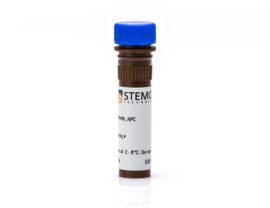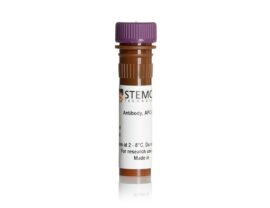

Overview
The 145-2C11 antibody reacts with the ~20 kDa CD3ε subunit of the mouse T cell receptor (TCR)/CD3 complex, which is expressed on the surface of circulating mature T cells and NKT cells, and variably on thymocytes. A majority of T cell neoplasms also express CD3. The CD3 complex, which is assembled from combinations of CD3γ, δ, ε, η, and ζ subunits, associates non-covalently with the TCR and is involved in transducing antigen recognition signals into the cytoplasm of T cells and in regulating the cell surface expression of the TCR. Activation of T cells by the TCR involves the cytoplasmic tails of the CD3 subunits, which are structurally related type 1 transmembrane proteins and members of the immunoglobulin superfamily. Mutations in the CD3 subunits have been associated with various immunodeficiency disorders including severed combined immunodeficiency (SCID). The 145-2C11 antibody has been used for in vitro functional (blocking and activation) assays and has been reported to block binding by the clone 17A2 antibody. The 145-2C11 antibody is not recommended for use with formalin-fixed, paraffin-embedded sections.
This antibody clone has been verified for purity assessments of cells isolated with EasySep™ kits, including EasySep™ Mouse T Cell Isolation Kit and EasySep™ Mouse CD90.2 Positive Selection Kit II
Subtype: Primary Antibodies
Target Antigen: CD3e
Alternative Names: CD3, CD3epsilon, T3
Reactive Species: Mouse
Conjugation: Alexa Fluor 488; APC; Biotin; FITC; PE; PerCP-Cyanine5.5; Unconjugated
Host Species: Hamster
Cell Type: T Cells
Application: Cell Isolation; Flow Cytometry; Functional Assay; Immunocytochemistry; Immunofluorescence; Immunohistochemistry; Immunoprecipitation; Western Blotting; ELISA
Area of Interest: Immunology
Clone: 145-2C11
Gene ID: 12501
Isotype: IgG1, kappa









